Last year we built a new tagging system at GPCa. We wanted to have it perfect before sharing but it will always be a work in progress, so here we go 😉
1. Background
a. Priority Objectives
- Understand User journeys trough content performance
- Break down a maximum of relevant data as conversion types & campaigns interests to :
- Gather insights for campaigns, fundraising, comms and mobs online strategies.
- Improve Organic Traffic
- Improve Engagement Strategy
- Accessibility and liberalization of use
- Ensure accessibility for all internal users with different levels/needs (non-web folks to data freaks)
- Encourage an autonomous use of the Dashboards by the different teams
b. Method
adapting GPI recommendations when available and completing to respond our needs.
- Consultation : Consult all departments to understand insights needs
- Convention : Agree on a campaign naming convention – based on Burlo recommendation at that time
- URL Tagging : Re-think the default utm use vs. our needs
- Datalayers : Implement data layers in every single petition and donation pages using GA Custom dimensions
- Tagging tool : Build a home made tagging tool (Google Sheet) including emails ea.trackingId builder – Burlo not customizable enough for us at that time
- Train Digital teams to tag tag tag
- Dashboards : Build Datastudio Dashboards for different teams responding to initial insights requests
- Train all teams to analyze lyze lyze and report insights
- Test, gather feedback and improve the Dashboard continuously
c. Best practice : track uniquiness
All NROs can now rely on a GLOBAL TRACKING convention from GPI (with upcoming improval and recommendations!) so please do not implement this below, I am just mentioning it here as an example 🙂
- Analyze the traffic on 4 levels : Campaign – Project – Subproject – specific push content using very coherent and strict campaign naming convention
- utm_campaign = Forest
- (new parameter) campaign_project = Palmoil
- (new parameter) content_specific = oreo.chooseyourflavour.video1 (subproject (dot) unique content specificity)
- (adapting keywords field for CTA) utm_term = sign
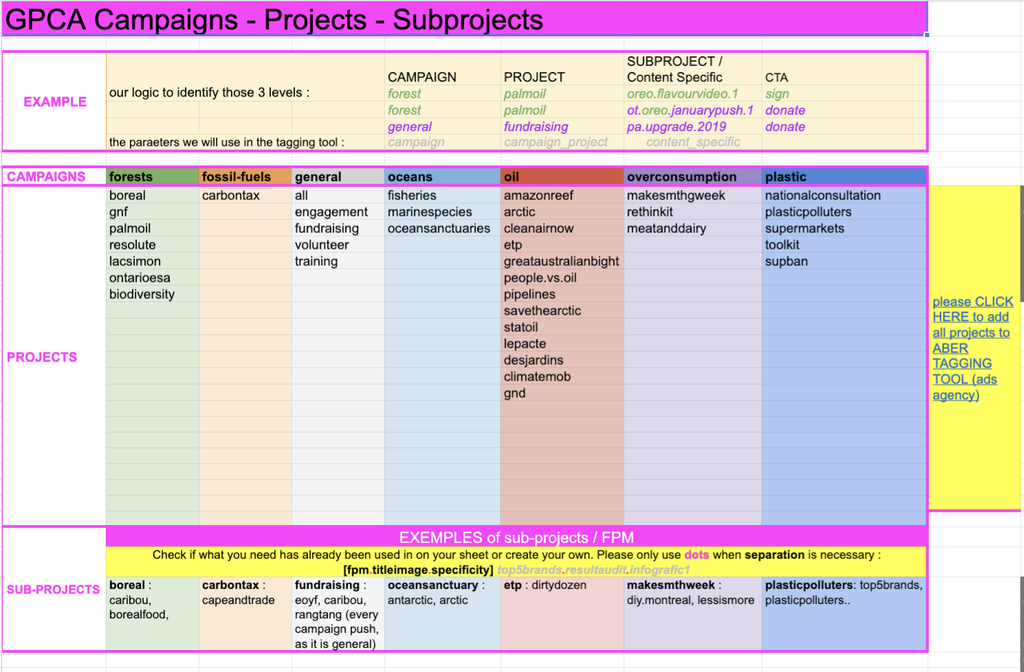
- Using a tab for every campaign with dropdown lists and instructions for the Digital campaigners to tag easily and get minified links. See here with the Oil campaign distinguishing diferent projects, posts etc
- Track email performance with an adapted tagging tool (use dropdown lists for easy use of course)
- ea.trackingId builder for emails: en_oil_people.vs.oil_supporters_email_20190621_sign_sre_jf_mpp.launch.vancouver
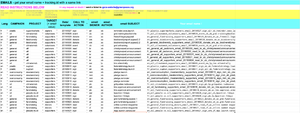
- ea.trackingId builder for emails: en_oil_people.vs.oil_supporters_email_20190621_sign_sre_jf_mpp.launch.vancouver
- Dashboard for easy insights analysis
- Build Overview dashboard to set generic insights
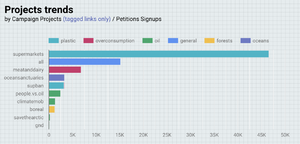
- Build Overview dashboard to set generic insights
-
- And specific dashboard for campaign pushes (or fundraising, mobs etc) to improve your online conversion strategy in real time or create meaningful reporting
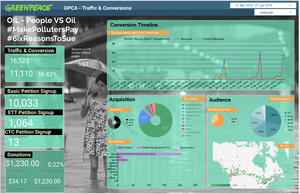
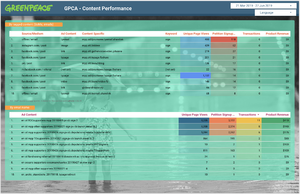
- And specific dashboard for campaign pushes (or fundraising, mobs etc) to improve your online conversion strategy in real time or create meaningful reporting
2. Live Dashboards
- GPCA – Overview – P4 & All domains : to analyse camapaigns, P4 traffic and have an overview on conversion
- GPCA – OIL – PeopleVsOil – #Makepolluters pay : for specific campaign push
- GPCA – Fundraising : for an overview
- GPCA – Fundraising – EOYF : for specific fundraising push campaign
- GPCA – Weekly weather Check : for weekly reports follow up performance and encourage reactive online campaign
3. Analysis
So the benefit of these beautiful live tools is of course to understand our audience and user journeys in the first place and then to improve our engagement strategy in the short and long term.
We use this data to shape the ideal user journey across domains and platforms (P4 & microsites, Petition and Donation pages, emails, SoMe) we can mainly give input :
- to digital campaigners, what type of content (campaign issue + content type) interests more which audience on their favorite canals, leads to more reactions or link clicks on SoMe vs. leads to specific conversion (petition, donation).
- to fundraising, what is the impact of emailings, pop ups, ads, and petition thank you page compared to organic donation traffic for example. We also analyze campaign content to fundraising conversion or specific messages for pushes.
- to campaigners, which blogs interest more (by author or type) according to time on page or conversion rate (depending on goal) + do users read the FAQ, reports etc ?
- to comms, what is the traffic on their posts and PR, what interest users have (check search requests) and see if we can build new FAQ to anticipate user requests and BTW increase SEO performance !
- to mobs, indication on events interests but also specific toolkit visualization, downloads or other identified/trackable goals. We also analyze offline impact online (tracking offline material links). Mobs folks are also very interested to give us real input from volunteers and activists needs/expectations online, so we can definitely count on them for qualitative survey and live brainstorming to improve our online strategy and get more of those amazing engaged people onboard !

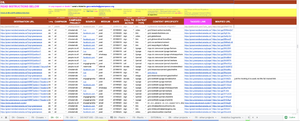

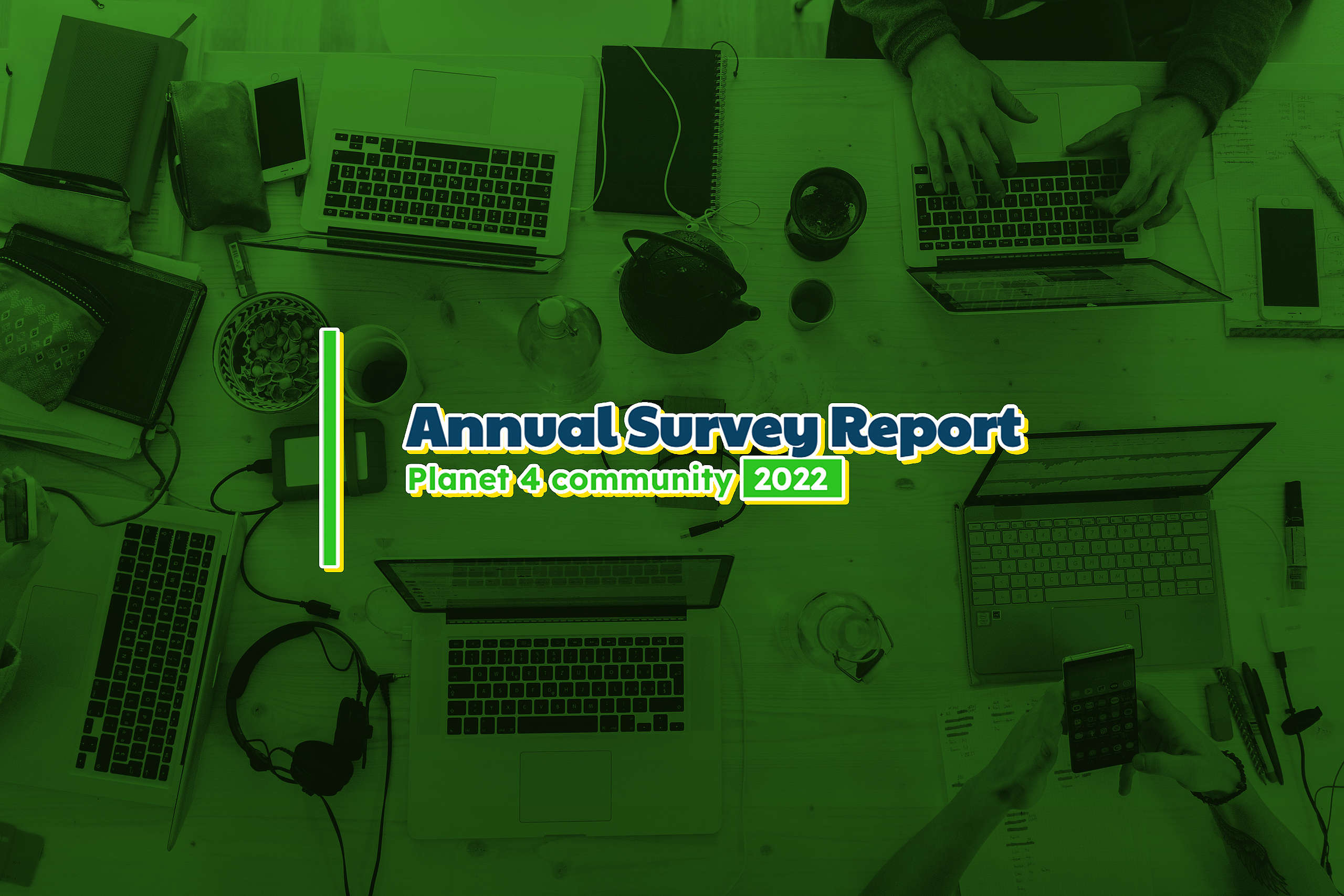
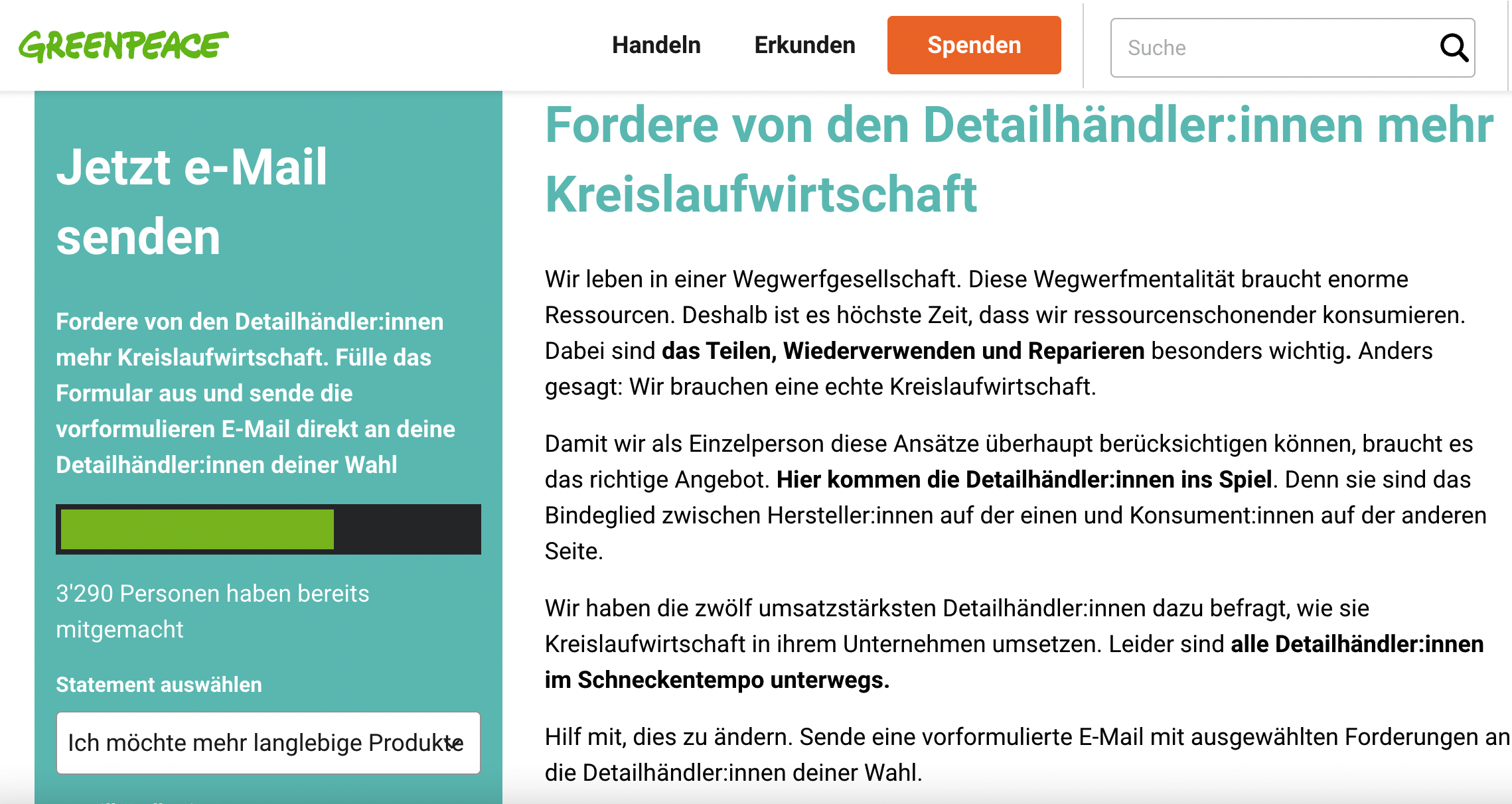
Discussion
<3